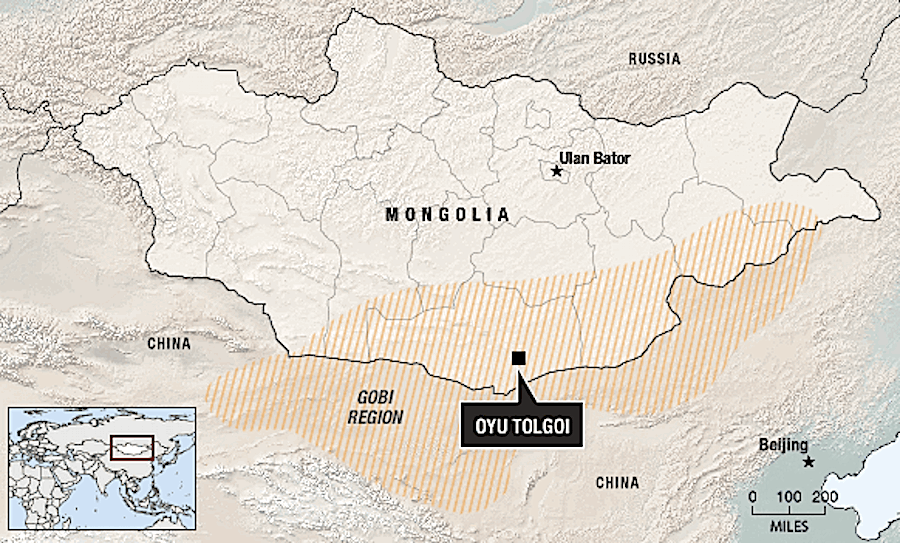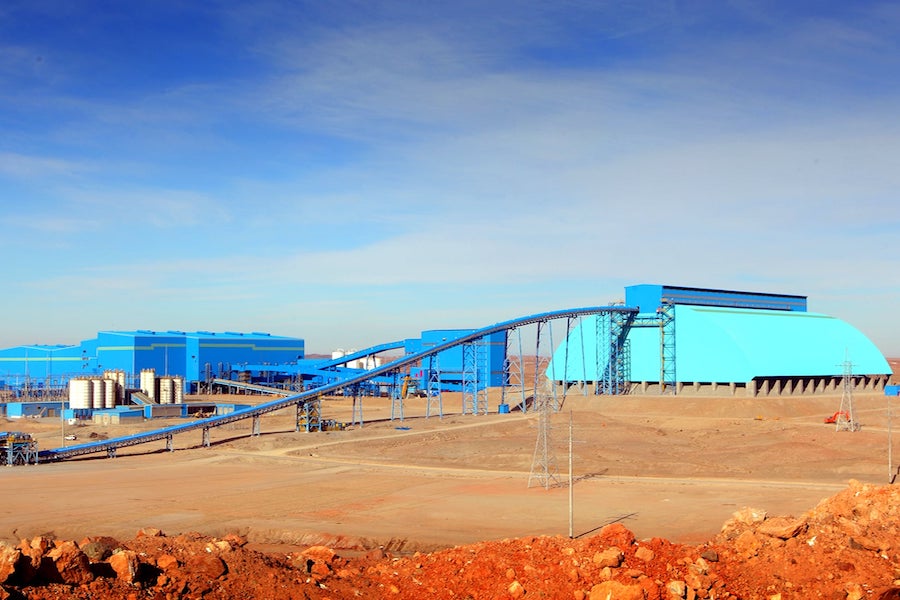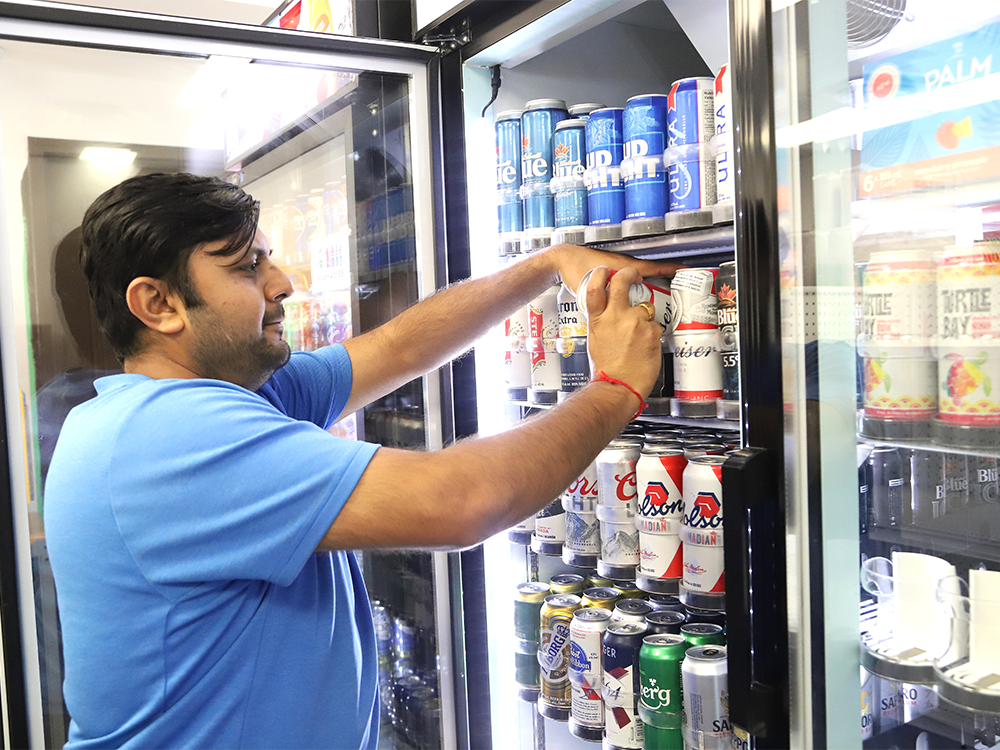Last year, however, the company flagged stability risks associated with the original project design, which translated into as much as an additional $1.9 billion cost. Expected production was then moved to between October 2022 and July 2023.
While both investment required and timeline for the mine expansion disclosed today were better than most analyst estimates, the world’s No.2 miner failed to provide straightforward information on its dealings with the Mongolian government.
The update on budget and timeline for the expansion didn’t provide clarity on the funding and economics surrounding the giant project.
The announcement also lacked clarity around the ongoing legal spat with its subsidiary Turquoise Hill (TSX, NYSE: TRQ), which launched in November arbitration proceedings against the mining giant to get clarity on the terms of its financing.
Rio is at odds with Turquoise Hill on how to cover a $3 billion funding gap. It wants to use a mixture of debt, equity and reprofiling of loans, while the Canadian miner favours a package that does not include a sale of new shares.
Minority investors in Turquoise Hill, including US hedge fund Pentwater Capital, oppose Rio’s attempts to force the Vancouver-based miner to conduct an equity raise.
They claim there are “much cheaper and more advantageous financing options” available to the company, such as streaming and bond financing.
They also worry about Rio growing its stake in Turquoise Hill through such an equity raising. Investors based this argument on the expectation that Rio would underwrite any shortfall created by minority Turquoise Hill shareholders who do not participate in the raising.
Analysts said the lingering issues meant the funding and economics surrounding the expansion project were not yet clear.

“It is encouraging that capex and the timeline for the project is on track, although no reasons are given for the government approval delays and the funding comment appears to offer limited new insight,” Berenberg consultants wrote in a note to investors.
RBC’s Tyler Broda said Rio’s assertion that “all of the shareholders should contribute proportionately and share equitably in the benefit” suggests the company believes to be “responsible for 100% but only shares in 33% of the economics of the project.”
Broda also highlighted that the Mongolian government has yet to approve Rio’s updated feasibility study for the expansion, published in July, which is another area of uncertainty.
The analyst the outstanding issues would eventually be resolved, and that Oyu Tolgoi would account for 21% of Rio Tinto’s earnings in 2028.
Independent review
Rio Tinto will also have to face the results of an independent review of the cost blowout and overrun, requested by the Mongolian government last month.
Mongolia has complained about overruns in the past. Much of Oyu Tolgoi’s copper lies deep underground. When Rio finally kicked off the delayed project, profits from surface extraction were meant to pay for digging up more of the copper below.
With time, it became clear the underground mine alone would cost much more than the original budget.
Mounting investor activism is just one of the may headaches Rio Tinto has had while building what would rank as one of the world’s three largest copper mines when operating at full capacity – now expected to be by 2025 at the earliest.
The Mongolian government’s insistence on owning an equity stake in the mine has also been a major obstacle for Rio to overcome.
A group of legislators recommended last year a review of the 2009 deal that launched construction of the mine. It also advised revoking a 2015 agreement allowing for the now ongoing underground expansion.
The parliament ended up approving a resolution in December 2019, which reconfirmed the validity of all the Oyu Tolgoi mine-related agreements. The decision brought an 18-month-long review to a close.
Mongolia has also been pondering a potential option to swap its 34% stake in the project for either royalty payments or a production sharing agreement. Under its current deal, the government won’t receive any dividends until the loans it has taken on to share its portion of the construction costs have been repaid.
Rio has repeatedly said the underground expansion is its most important growth project. Once completed, it would place Oyu Tolgoi among the top four copper mines, producing 480,000 tonnes of the metal a year from 2028 to 2036.





